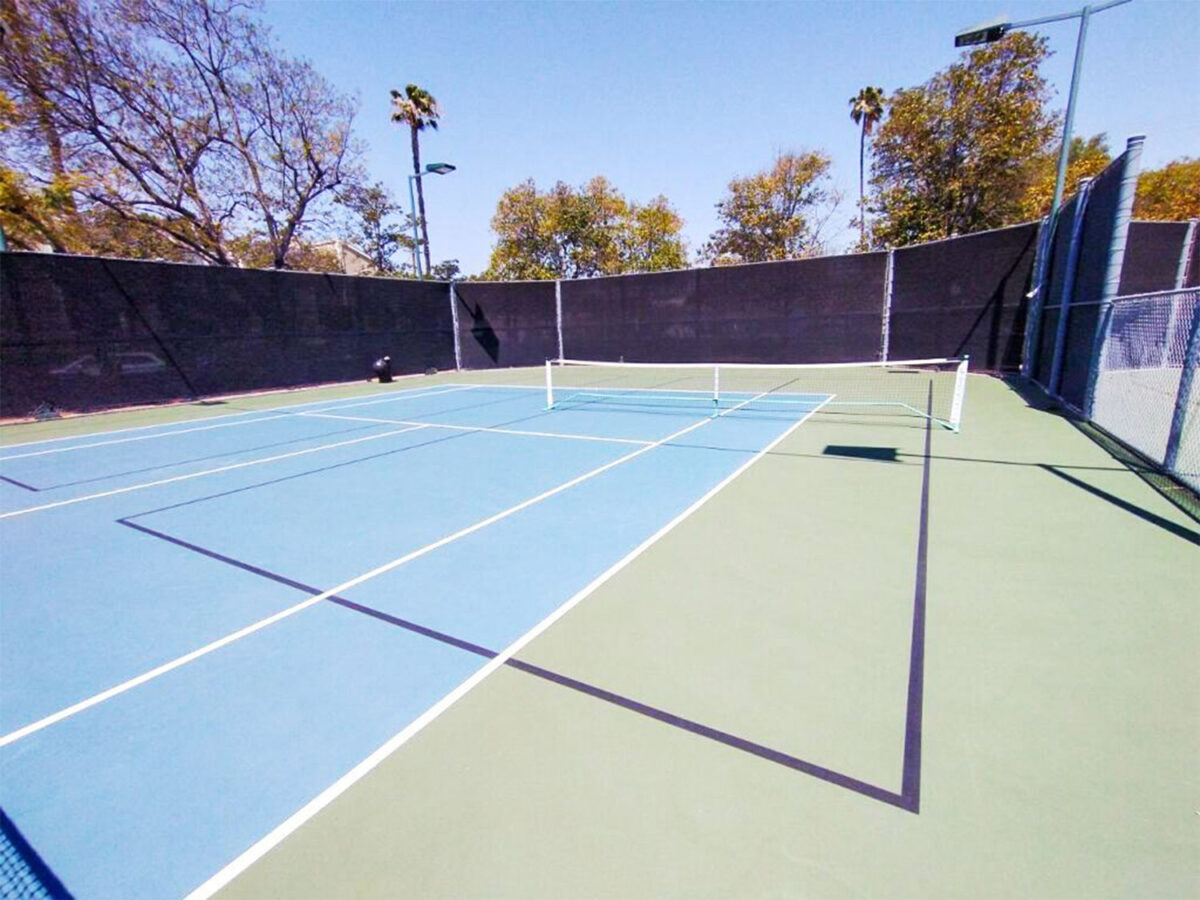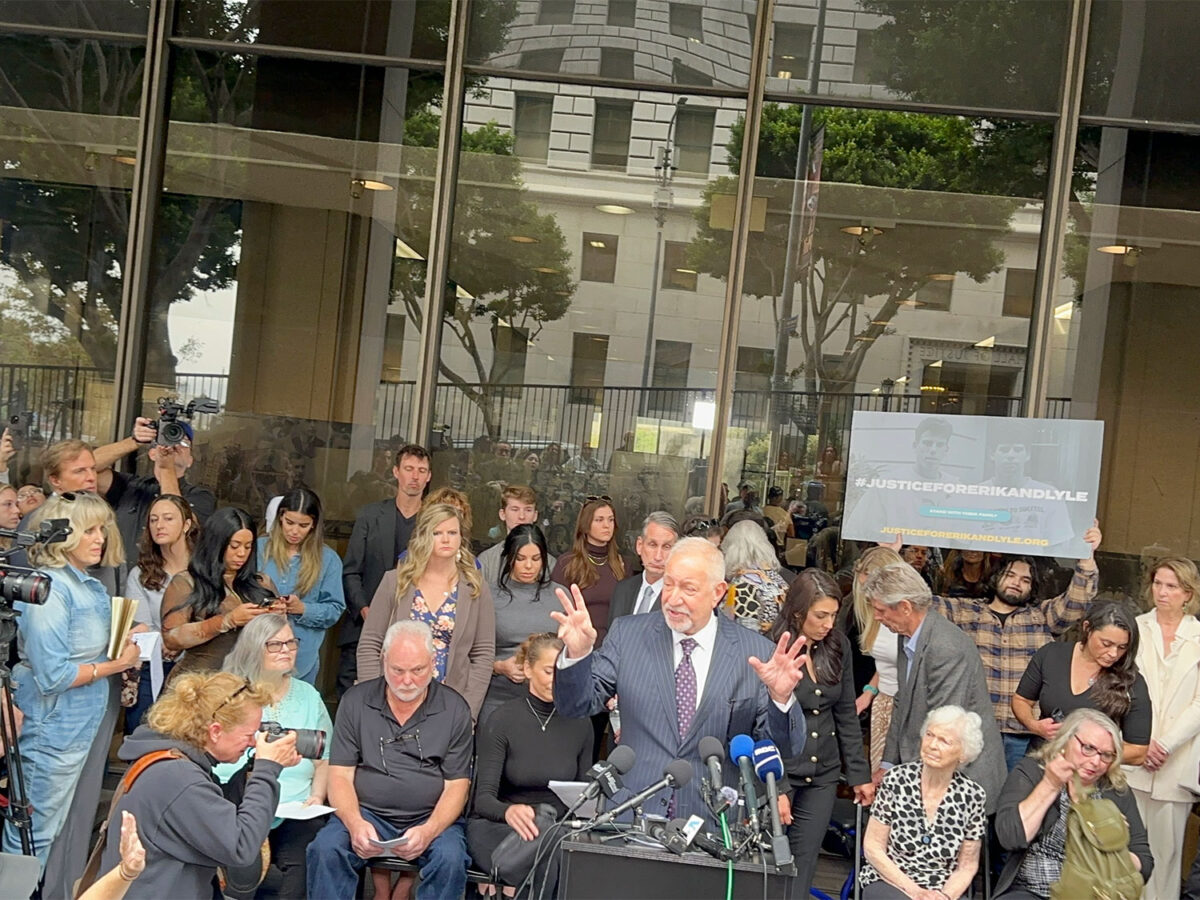The Beverly Hills City Council voted 4-1 to spend $589,000 on the purchase and installation of Judy Chicago’s “Trinity” sculpture during its Sept.10 meeting.
The piece is approximately 5 feet tall and 5 feet wide and composed of three sets of differently sized stainless-steel triangles coated in red polyurethane paint. It will be installed on a concrete base on the Wallis Annenberg Center for the Performing Arts campus facing the corner of Crescent Drive and South Santa Monica Boulevard.
“I like the piece. It’s extremely important to celebrate this instrumental female artist,” said Vice Mayor Sharona Nazarian. “I appreciate the expertise and the time that our Arts and Culture Commission and our staff have put into this piece, and I am going to trust the expertise of our commissioners.”
Judy Chicago is an American feminist artist best known for her large art installation pieces about birth and creation, which examine the role of women in history and culture.
The acquisition of this piece has been over two years in the making, during which time the proposed location of the sculpture changed three times. During Tuesday night’s meeting, Councilmember Craig Corman was the sole member to vote against the purchase, citing concerns about the warranty and location.
“I don’t want to be the bad guy here tonight, but by the same token we have a responsibility to make sure what we purchase works for the city, and I do have these misgivings about the location and the warranty,” said Corman. “At this point, I’m just not comfortable approving the purchase.”
Corman, an attorney by trade, was not confident that the way the 10-year warranty was worded would allow the city to recoup full costs for the removal, restoration and reinstallation of the piece should the paint oxidize.
Arts and Culture Commission Vice Chair Pamela Beck assured the council that the warranty was sufficient and the sculpture well suited to the outdoors.
“My husband and I have been collecting for over 47 years and are very passionate about our collection, so we’re super careful about things that are practical, because who wants the nuisance or the expense of having to redo something?” she said. “And this Judy Chicago piece ‘Trinity’ is painted with paint that is meant for outdoors. I feel very comfortable about this piece living outside.”
Corman’s other key concern was that the outdoor and heavily foot-trafficked location for the sculpture would leave it vulnerable to vandalism.
Beck noted that public interaction with public art will always be a concern but is not a reason to refrain from purchasing a valuable work.
Prior to settling on The Wallis as a location, the Arts and Culture Commission considered installing the sculpture in Beverly Gardens Park and the City Hall campus. However, these sites were ultimately deemed unsuitable for a range of reasons including the heavy public interaction to the conflicting aesthetic backdrops.
The commission ultimately settled on The Wallis site due to its aesthetic backdrop, protective barriers and high visibility from both vehicles and pedestrians. This location received sign off from the artist, the Arts and Culture Commission, the City Council liaisons and Robert van Leer, executive director and chief executive officer of The Wallis.
The council purchased the piece for $400,000 and will spend $189,000 on installation and lighting, landscaping, irrigation and protective bollards. This money will come from the city’s Fine Art Fund, which prior to the acquisition, had a balance of approximately $1.6 million.







